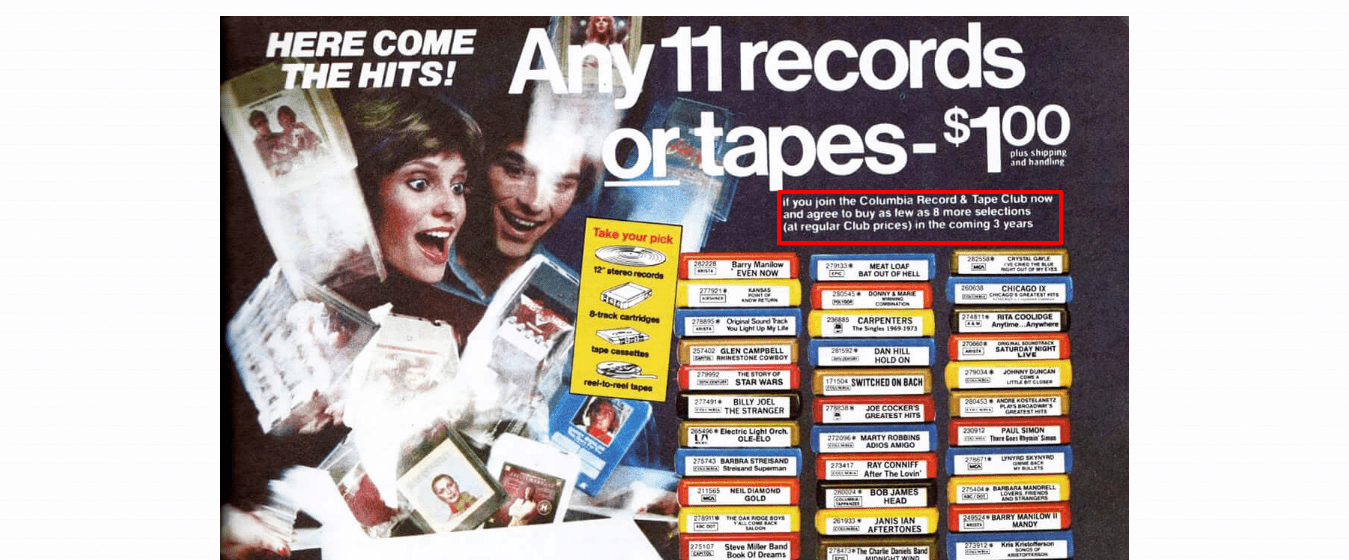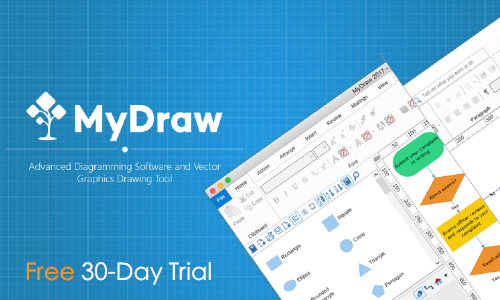Let’s take a moment to acknowledge one hard truth about marketing:
People don’t like to be sold to.
You might have an amazing product or service…in fact, you probably do.
But just because you know it’s amazing doesn’t mean other people know it is, or are even willing to accept it.
Just because you know your product solves a problem doesn’t mean that they even know they have a problem.
What this adds up to is that if you are trying to get somewhere by selling your main product or service alone…you won’t get anywhere.
You have to take small steps toward showing your prospective customers that your product or service has real value and is a real solution.
And that’s where tripwire offers come in.
“Tripwire” is an industry-coined name that is somewhat of a misnomer. It sounds like your prospect is falling into a trap or is the victim of an unfortunate bait and switch. But this couldn’t be further from the truth.
Truthfully, this is the stage in the buying process where you have the most power to build trust and relationships with customers.
It’s your opportunity to provide a glimpse of how your product provides a solution to a problem they may not know exists.
So…What Are Tripwire Offers, Anyway?

Tripwire offers are super low-dollar offers that exist for one purpose and one purpose only: to turn leads into paying customers.
Let’s be clear about one thing: the purpose of tripwires is not to make you money. It’s an investment that will pay off when you acquire customers that will eventually develop loyalty to your brand.
That investment works because tripwire offers fundamentally change the relationship between you and your prospects.
When someone pays for your product or service, even just for $1, something magical happens.
For one thing, they become a paying customer who has made a commitment to you, either through their wallet or their time. For another, it increases intimacy between you and that new customer.
In a previous post, we’ve talked about how the Customer Value Journey works because it follows the natural course of human relationships. Remember, you can’t just walk up to a stranger in a bar and ask her to marry you.
Similarly, you can’t just ask people to buy your core offer right out of the gate and expect them to be interested. You have to give them value in advance, and that’s exactly what tripwire offers do.
These offers advance customers’ relationship with your brand by upping the stakes. Because they have contributed their own resources to your product or service—no matter how small the amount—they now have skin in the game.
Besides that, there’s a biological process at play that can begin a chain reaction toward future purchases. When you buy something, your brain releases dopamine—more commonly known as the pleasure chemical.
It’s why you feel good after you make a purchase of some kind. It’s why people get addicted to shopping.
It lays fertile ground for the relationship your new customers have formed to evolve into eventually buying your core offer.
It’s a key component of how to acquire new customers.
Here’s an example of one of the most successful tripwire offers of all time:

This irresistible offer provided a perfect gateway to becoming a member of this popular music club. Getting a sizable number of cassettes for $1 opened doors to other offers, like getting a free CD if you buy one at regular price and additional deep discounts on other music purchases.
With this offer, Columbia House brought new customers into club membership.
The club itself also addressed a common problem—many people wanted to upgrade their vinyl record collection to then-new technology like tapes and CDs, but didn’t have the cash to do so.
What Tripwire Offers Are Not
First, let’s talk about what a tripwire is not in terms of how to acquire new customers.
Tripwire offers are not coupons or discounts.
A coupon delivers value, but it doesn’t cost the customer anything. That’s why coupons make great lead magnets—by providing their email address in exchange for a coupon or discount, they get to save money and you get leads.
But a tripwire has to cost your prospect something in terms of time or money in order for them to become a customer. If that doesn’t happen, the magical dopamine high and feeling of investment that makes tripwire offers so successful doesn’t occur.
Here’s an example. If you own a lawn care business, a good lead magnet might be a coupon to save 20% off your first lawn service.
A good tripwire offer would be, “For $20, we’ll mow your lawn.”
Tripwires are true, honest value in advance that customers get in exchange for a small investment of their or money.
This exchange must take place in order for your tripwire offer to be successful and address the question of how to acquire new customers.
How to Acquire New Customers With Little Victories

The best way to come up with a good tripwire offer is to work in reverse. All products or services start with a problem that needs to be solved. You should already know what that larger problem is for your core offer.
What you need to do with your tripwire offer is give your prospective customers a little victory. And you do that by identifying a micro-problem that exists within the space of the product you’re trying to sell.
Let’s go back to our Columbia House example. If the problem the club solves is that people need to upgrade their vinyl collection to newer formats, the 13 tapes for $1 tripwire offer solves the micro-problem of getting them started with that replacement process for practically nothing.
For our lawn care example, the larger problem is that people don’t have time to take care of their lawns, or aren’t able to do so in a way that makes the lawn look good.
The $20 lawn mowing tripwire lets the customer get a necessary task out of the way so they can move on with other things that need done on a Saturday afternoon.
The idea is that tripwire offers, because of their low risk, help your prospects overcome the objections they might have to the core offer sale.
It gives them a tangible, small victory that shows a glimpse of the possible outcome and long term solution your primary product or service offers.
Here’s another example. Let’s say you have a kitchen remodeling business and your tripwire offer is a $20 in-home consultation that will produce a kitchen blueprint on your design software.
You could map out the desired kitchen design on the software, then use an augmented reality program to show clients exactly what the new kitchen would look like in real life.
Good tripwire offers provide little victories that ignite your customers’ imaginations and show them a future they may not know is possible.
Master that, and you’ll be on your way to mastering the process of how to acquire new customers.
Types of Tripwire Offers

Free Plus Shipping
In this offer, customers get a product for free, but pay shipping to offset production costs.
This works for two reasons. First, people love free stuff. That’s a given.
Second, they get something of high value for a relatively low price commitment. Even if they have to pay for shipping, those rates usually are less than the item itself would cost if they had to pay full price.
For example, someone who runs a handcrafted soap business might advertise a free plus shipping offer for a bar of soap.
The benefit of free plus shipping tripwire offers is that you can also build an email list from it by requiring prospects to opt in with their contact information before placing their order.
Splinter Tripwire Offers
Splinter tripwire offers occur when you sell a product that is a subset or piece of your core offer.
These work great for two reasons. First, you don’t have to create anything new. All you are doing is offering a part of your core product.
But more importantly, these types of tripwire offers work because they open a loop with customers that they won’t be able to resist closing. Once they see the effectiveness of a small piece of the product, they will want more.
Independent authors often use a splinter offer by selling a portion of their book for a low price, then entreating customers to buy the entire book.
Another example is makeup companies. Once customers buy a high quality lipstick for a low price, they’ll want to buy other makeup products to go with it.

Low-Cost Software and Trials
To be clear, a free software trial is not a lead magnet. Free trials still require a commitment on the part of customers because they have to provide their credit card information to receive access.
However, the opportunity to try a software or service for a limited period of time can give them a little victory by offering the chance to see the product in action and directly experience its value.
Bundles as Tripwire Offers
Another option of how to acquire new customers through tripwire offers is to put together a bundle of smaller products that fit together.
For example, a company that sells marketing resources could bundle a set of templates for websites, ebook designs, Facebook ads and emails for a small fee.
The makeup company mentioned above could also do a bundle that includes small samples of lipstick, lip liner and lip gloss. Ultimately, trying these three products in conjunction with each other could lead to a purchase of any or all of the full sized product.
How to Execute Tripwire Offers

Lastly, once you know what your tripwire offers will be, you need to put them into action a way that will smoothly transport customers through the buying journey.
Previously, we talked about lead magnets being the gateway to getting your prospect’s contact information. But it’s not enough to give them the lead magnet and send them on their way.
The best time to pose your tripwire offers is immediately after they sign up for it.
Here’s what this should look like on your website:
- The lead signs up to receive the lead magnet through a landing page. In the case of our makeup company, the lead magnet might be a coupon for 15% off.
- The lead immediately is taken to a thank you page for signing up that also tells them about the tripwire offer: a lipstick set for free plus shipping.
- This is where things can get really creative. At checkout, you can then offer an upsell to add a blush set to their order at 50% off, as well as additional downsells. Each stage is an opportunity to build the relationship, establish trust and show the benefits of your brand.
If you’re curious about exactly how the Customer Value Journey works, check out our free Customer Value Journey Workbook! It walks you through all 8 stages of the value journey and will help you to plan not only your tripwire offer, but other offers as well.
